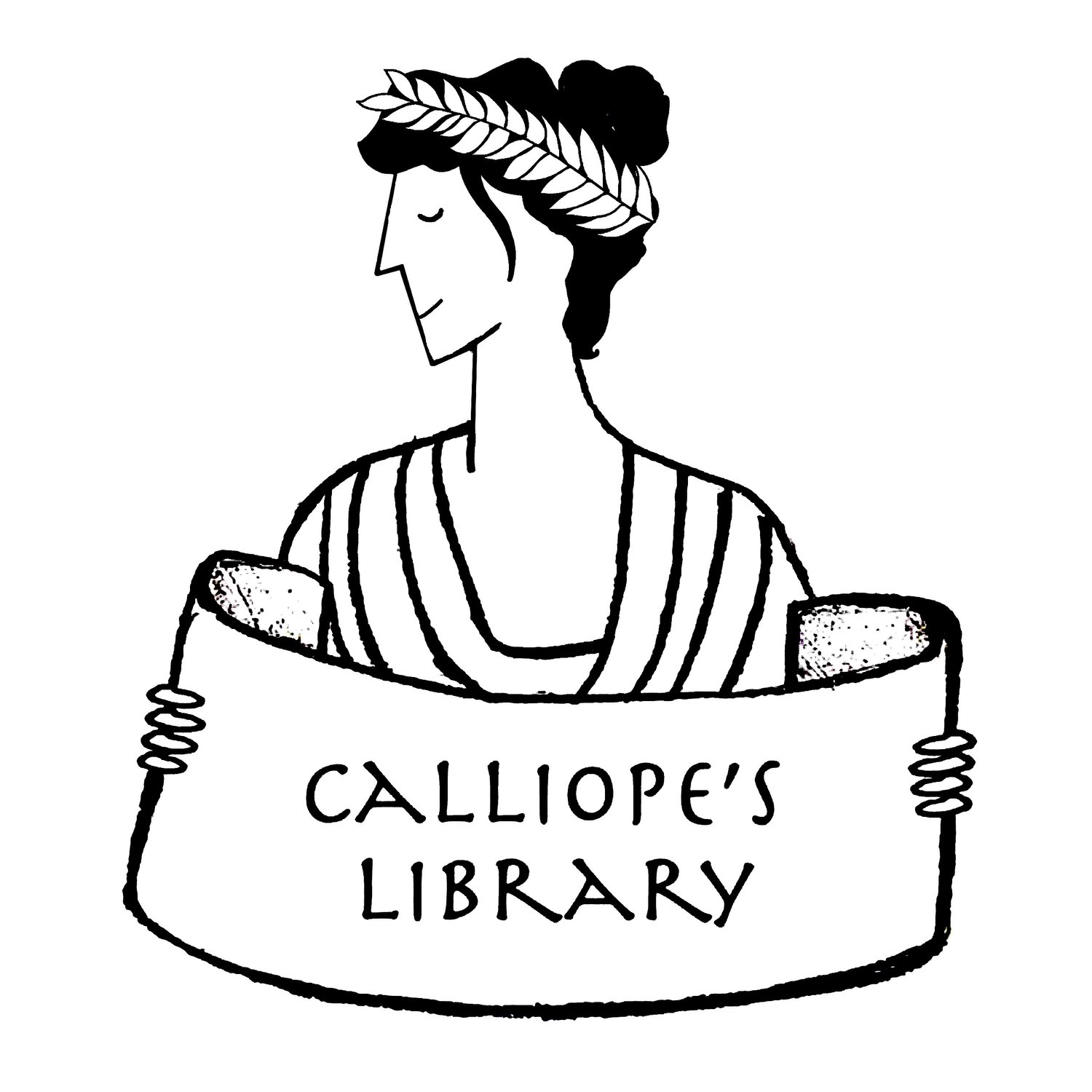Title: The Ancient World in 100 Words
Author: Clive Gifford
Illustrator: Gosia Herba
Year: 2019
Tags: 7+, The Odyssey, Picture Books, Ancient Civ, Egypt, Greece, Greco-Roman Mythology, Rome, Racially/Ethnically Diverse Character(s)
Clive Gifford prepared an impressive collection beautifully illustrated by Polish artist Gosia Herba. Each page shows one element of the classical world understood broadly as Greek, Roman, Egyptian, Minoan, and Phoenician civilizations. You can find brief descriptions of people (Hatshepsut, scribes, Spartacus, Cleopatra, Osiris, Hades, Archimedes, among others), places and buildings (e.g., Nile, pyramids, Byblos, Knossos, Athens, Parthenon), inventions (democracy, roads, hypocausts, papyrus, etc.) and other phenomena, such as garum (Roman fish sauce) and cena (a dinner). All the texts are accompanied by colorful and realistic although stylized illustrations in black and gold (as well as other colors), giving the book elegance. Like many other nonfiction picture books, The Ancient World in 100 Words also consists of many paratexts, including an introduction, a timeline, a glossary, a map of the Mediterranean Sea, and an index. There is also a list of books and websites, where you can “find out more”.
The Ancient World in 100 Words could serve as an introduction to the classical world, since presents both basic and more advanced facts and phenomena. Its short descriptions are comprehensible for elementary school children. Gifford also adds some humor, and Herba’s illustrations are appealing and beautiful. The book even emphasizes the classical world’s interculturalism as each page is marked with a symbol of a civilization: the Eye of Horus for Egypt, a ship for Phoenicians, a Minotaur for Minoans, a vase for Greece, and a helmet for Rome. As some words are associated with more than one culture, readers can see the intercultural exchange taking place in antiquity. -- Krzysztof Rybak


